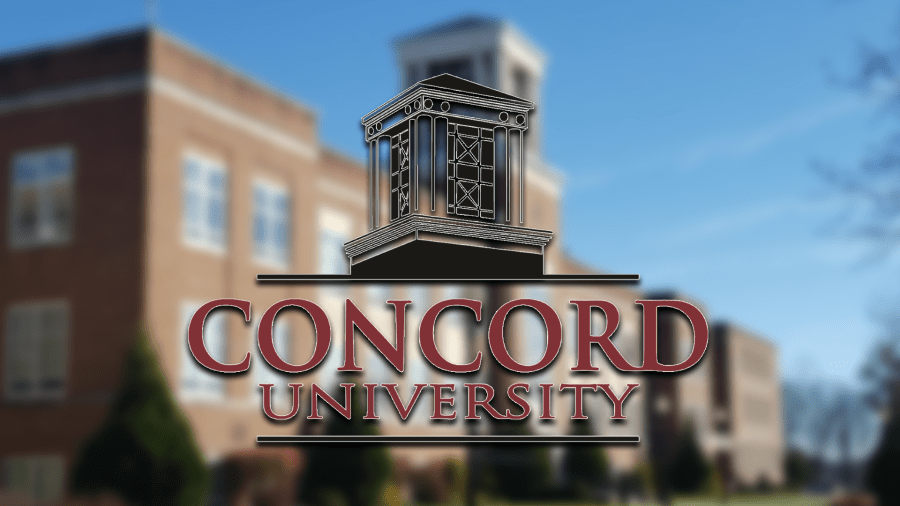Public presentation on the Bluestone Dam renovation held at Concord University

ATHENS, WV (WVNS) — A presentation about the Bluestone Dam was held at Concord University on Tuesday, April 16, 2024.
Rare Earth Element Analysis Center at Concord University reaches developmental milestone
The presentation was hosted by Concord University’s Environmental Geosciences program in room 400 of the science building on Tuesday, April 16, 2024 at 12:00 p.m.
The event was also open to the public, and people could participate through Zoom as well. Classroom teachers were welcome to use the Zoom link to show the presentation in schools.
Topics that were discussed during the presentation included what it is like to have a career as a geologist working for the Army Corps of Engineers, an introduction to the history and purpose of the Bluestone Dam, and the ongoing geological engineering work to assess the bedrock foundations of the dam.
Staff with the Army Corps of Engineers, Aidan Hodge, John Vaught, and Kelli Gagnon, were involved in the presentation. Both Vaught and Hodge are Concord University Environmental Geosciences program alumni.
Interesting ‘dam’ facts about West Virginia
The Bluestone Dam, located near Hinton in Summers County, is a major flood-control installation located on the New River. The dam is 2,048 feet long, 165 feet tall, and controls water flow from a 4,620 square mile drainage area.
Out of all the dams in the Mountain State, the Bluestone Dam has the largest flood storage capacity. It also gives flood protection, not only for Hinton, but also for other areas that are in the Kanawha Valley and have thousands of houses, businesses, and industries such as Charleston, West Virginia.
The Bluestone Dam, which is more than 70 years old and had its 50th anniversary in 1999, was believed to have prevented more than $1.6 billion in flood damages as of its anniversary. However the amount of flood damages prevented because of the dam have only went up through the years.
Improvements were made to the dam since 2000 to increase safety and the stability of the dam’s foundations. Some improvements include using concrete to reinforce the toe of the dam, decrease bedrock erosion by covering the dam’s spillway with concrete, and better anchoring the dam to bedrock.
NOYCE grant awarded to Concord University by the National Science Foundation
Thorough geological work is needed to focus on details in the bedrock that the dam is built on. Throughout the year, multiple samples of sandstone will be examined in labs at Concord University to evaluate properties of the bedrock.
The electron microprobe in Concord University’s developing Materials and Rare Earth Element Analysis Center will be one of the labs included in examining the bedrock of the dam.
For the latest news, weather, sports, and streaming video, head to WVNS.

